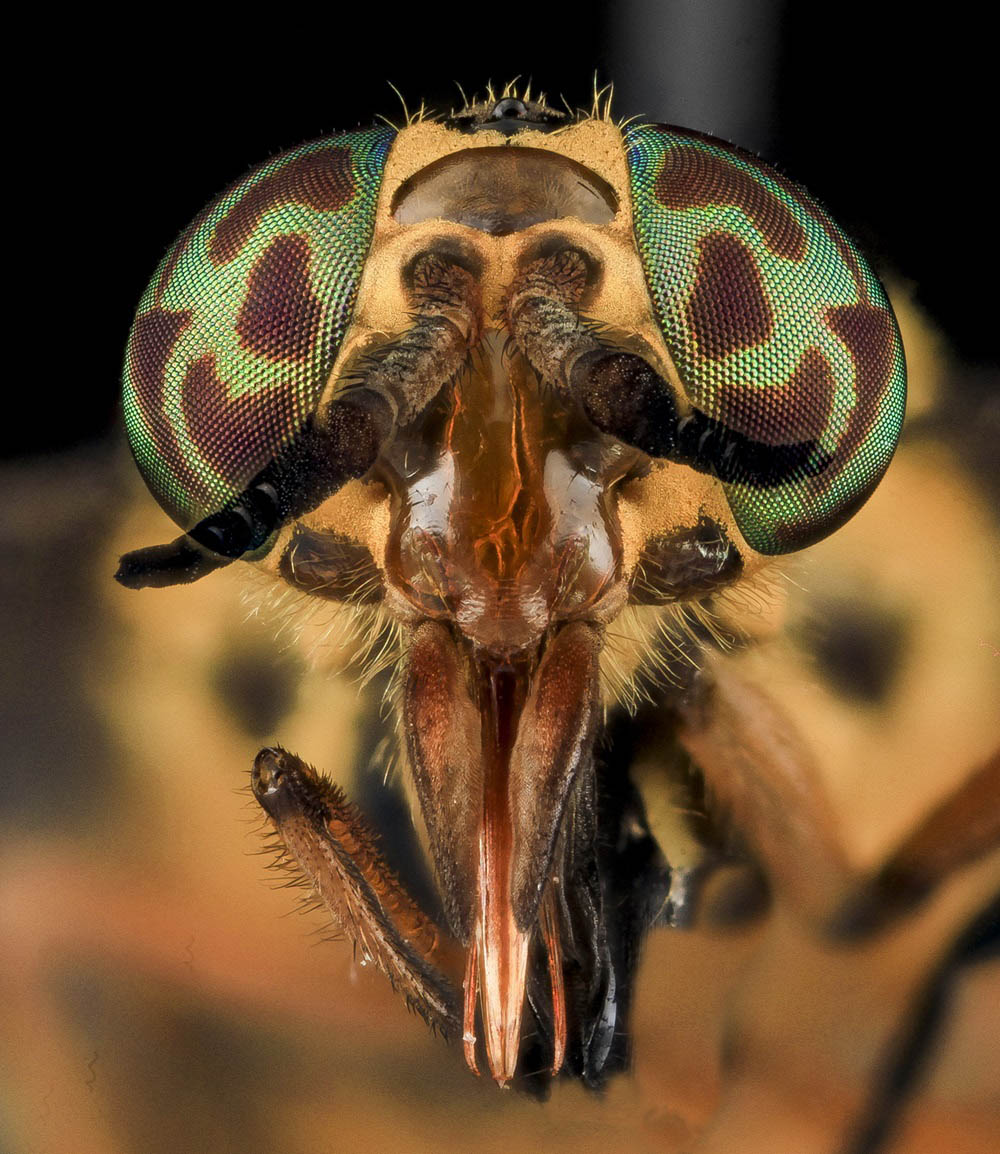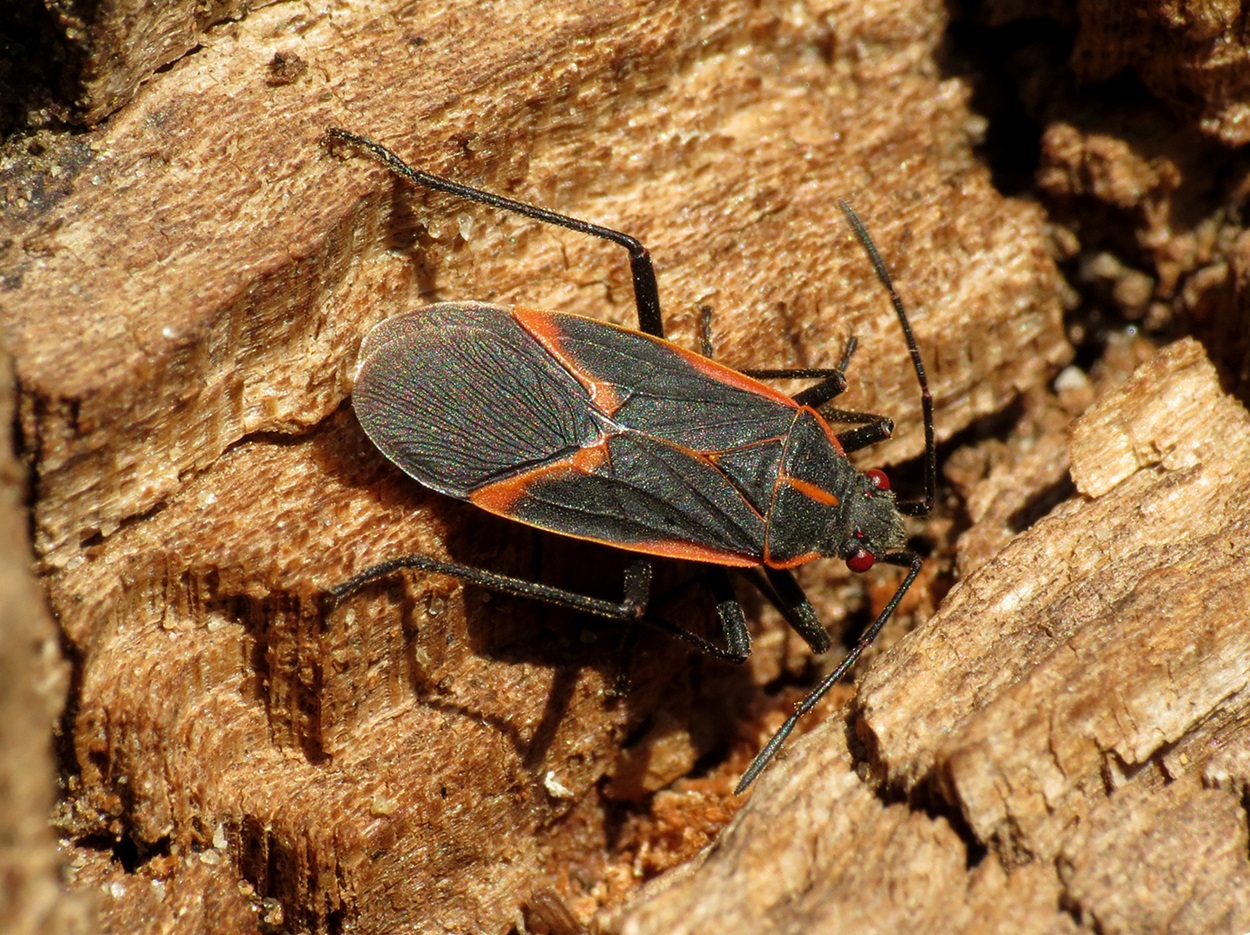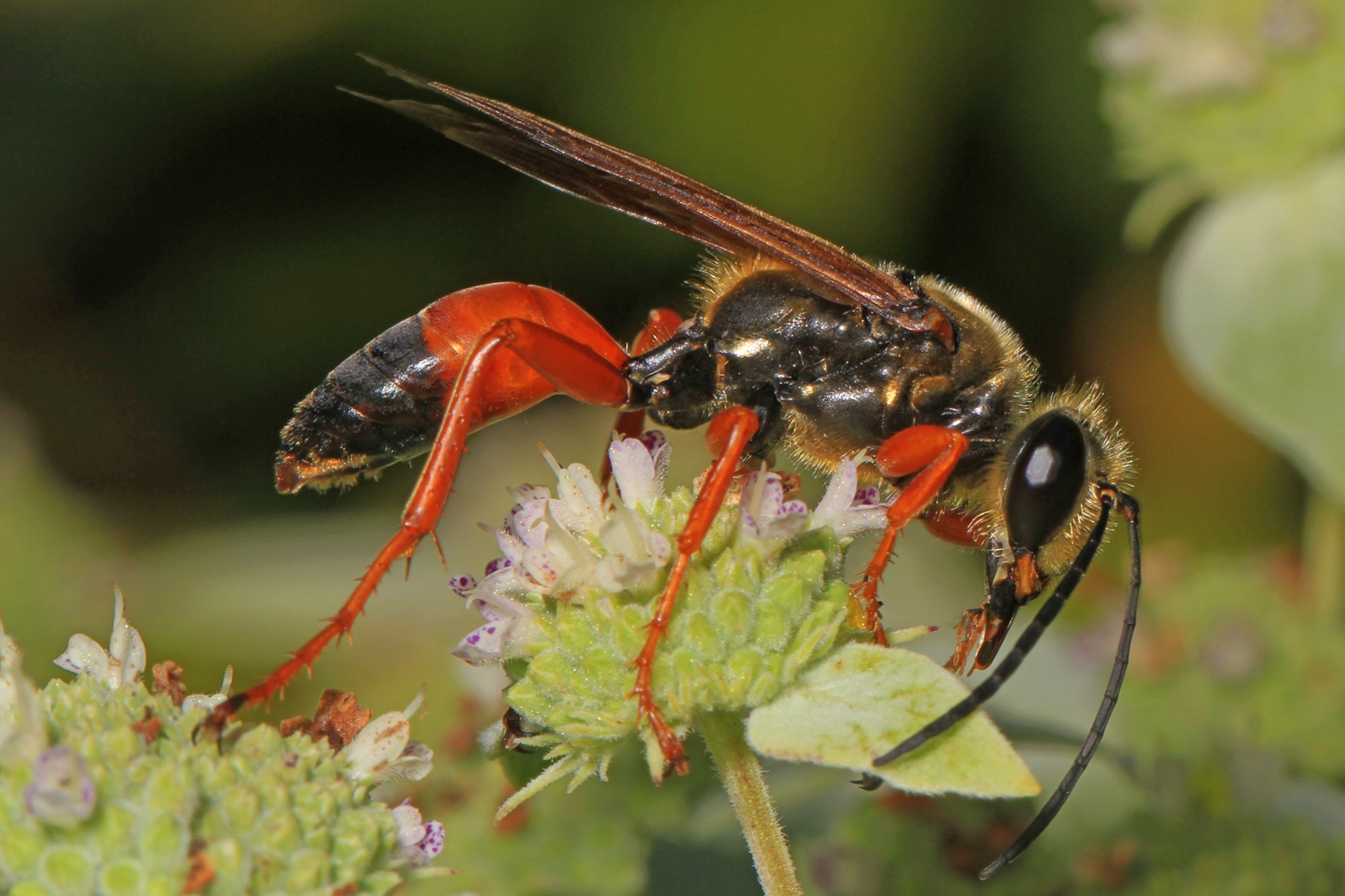Spiders (Order Araneae) are a diverse and ecologically important group of arachnids found across Canada. More than 1,400 species have been documented across the country, representing between 45 and 50 taxonomic families. They are found in virtually every Canadian habitat, from forests and grasslands to mountains and urban environments. Spiders are present in every Canadian province and territory, and are even found on Ellesmere Island in Nunavut, the northernmost land in Canada. While often misunderstood and feared, spiders are generally harmless to humans and play a variety of crucial roles in Canadian ecosystems.
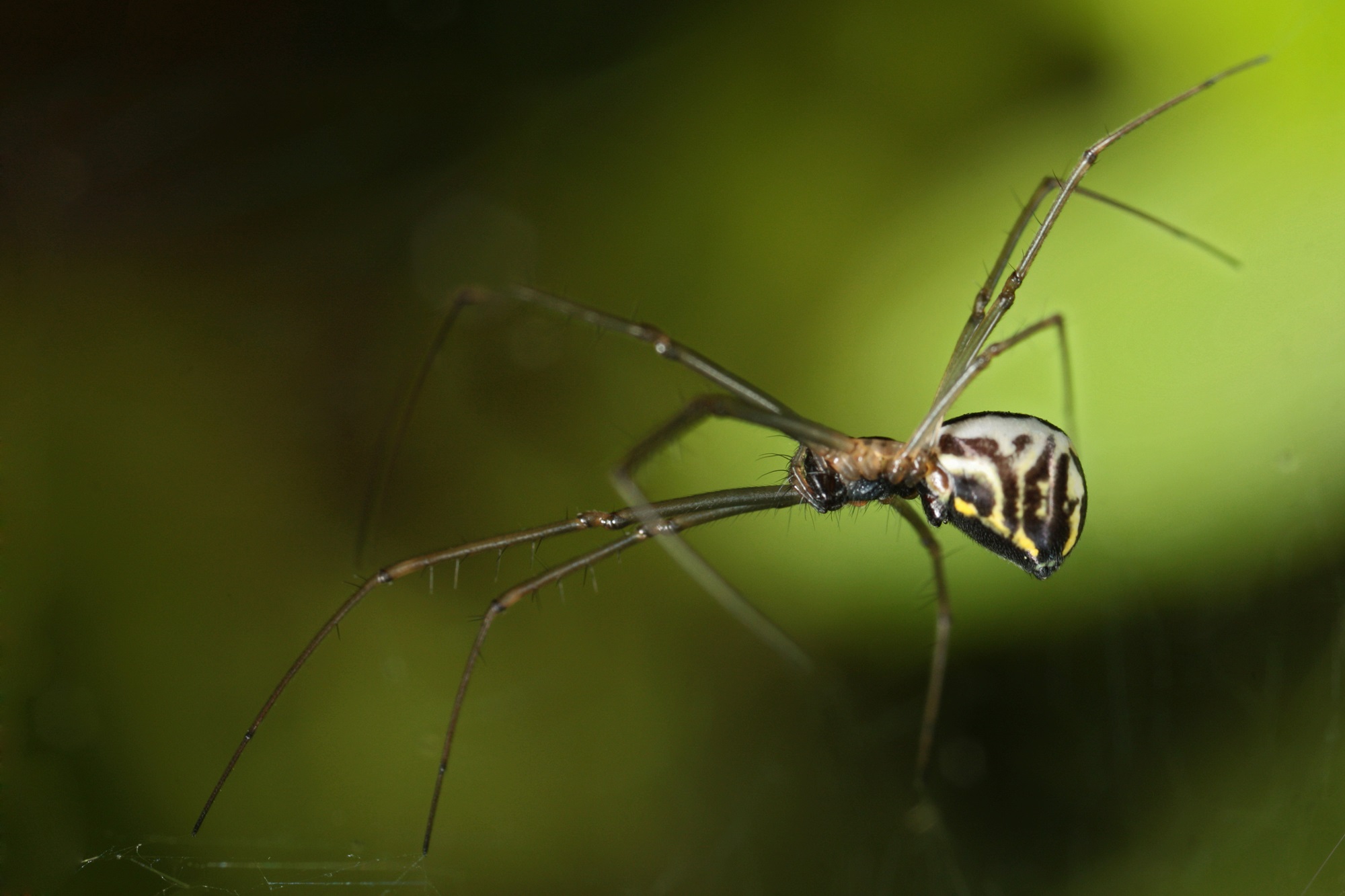
Description
Spiders have two main body segments (the cephalothorax and abdomen) and eight legs. Most species range from a few millimetres to several centimetres in leg span. While the majority of spiders have eight eyes, the number and arrangement can vary widely, and are often key traits used to identify spiders to the family level.
Spiders possess specialized mouthparts called chelicerae, which usually end in fangs that deliver venom to their prey. All spiders produce silk using structures called spinnerets. The silk is used for a variety of purposes, including web construction, egg sac formation, burrow lining and as safety lines.
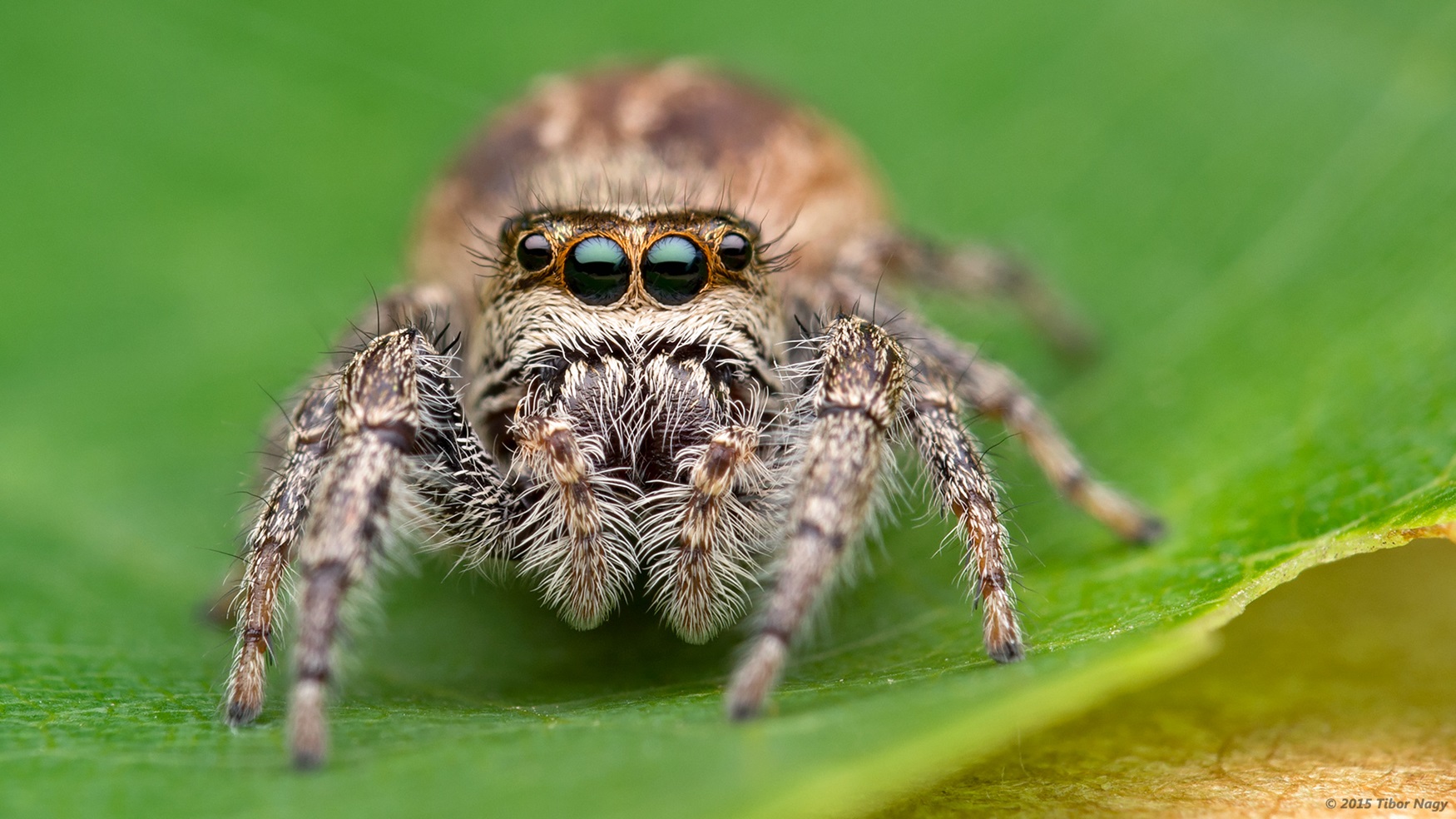
Common Spider Families in Canada
Orb-Weaving Spiders (Family: Araneidae; at least 67 species)
Perhaps the most familiar type of spider, orb-weavers build large, circular webs to catch flying insects. Notable species in Canada include the cross orb-weaver (Araneus diadematus) and the yellow garden spider (Argiope aurantia).
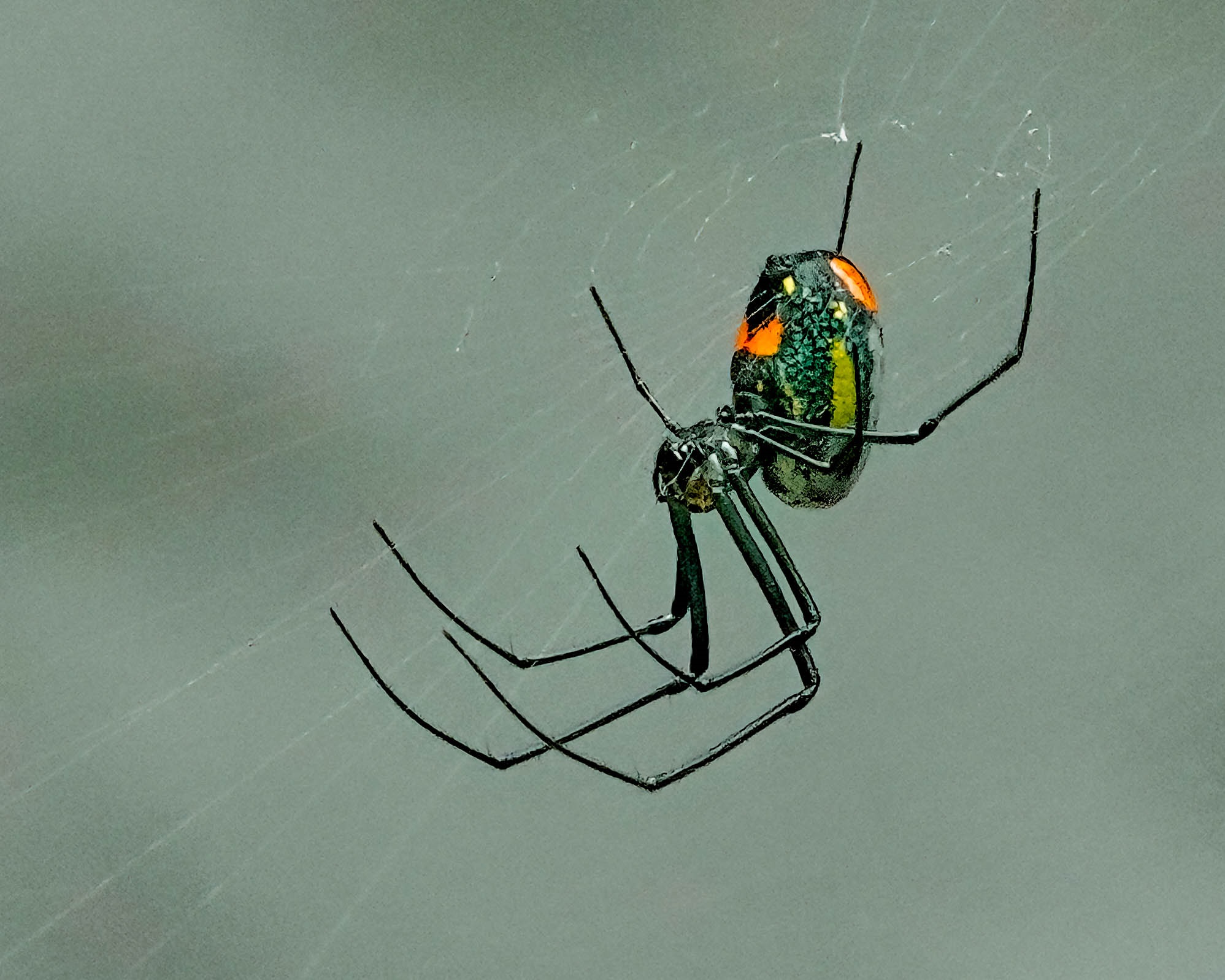
Jumping Spiders (Family: Salticidae; at least 124 species)
Jumping spiders are active hunters that do not use webs to catch prey. Instead, they stalk and leap on their targets. With their two large, forward-facing eyes, some jumping spiders can recognize individuals, learn from experience and even plan hunting routes. Common genera in Canada include Phidippus and Habronattus.
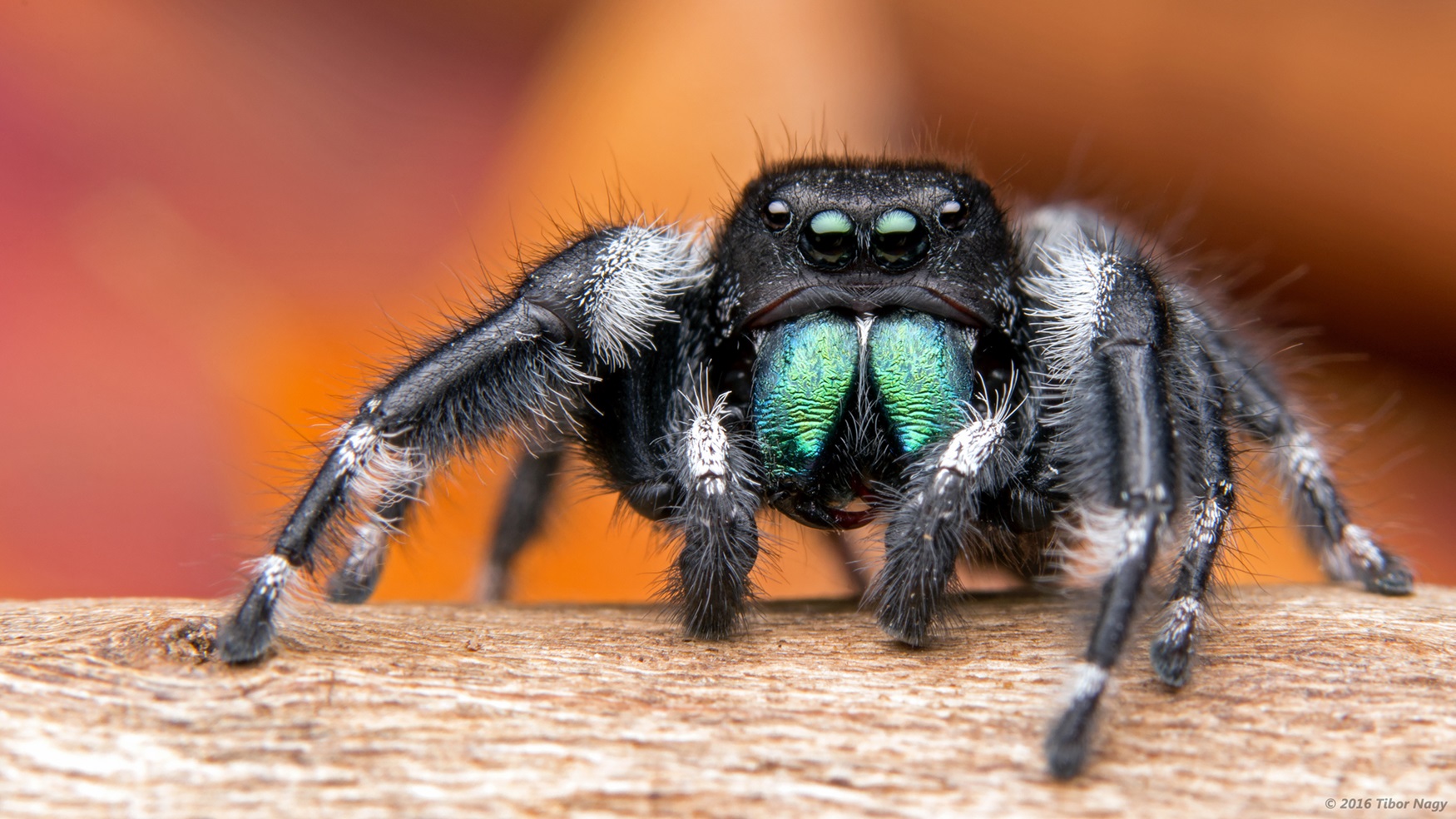
Wolf Spiders (Family: Lycosidae; at least 104 species)
Wolf spiders are fast, ground-dwelling hunters often found in leaf litter or near bodies of water. Female wolf spiders attach their egg sacs to their spinnerets and later carry their spiderlings on their backs, a form of maternal care rarely seen in spiders.
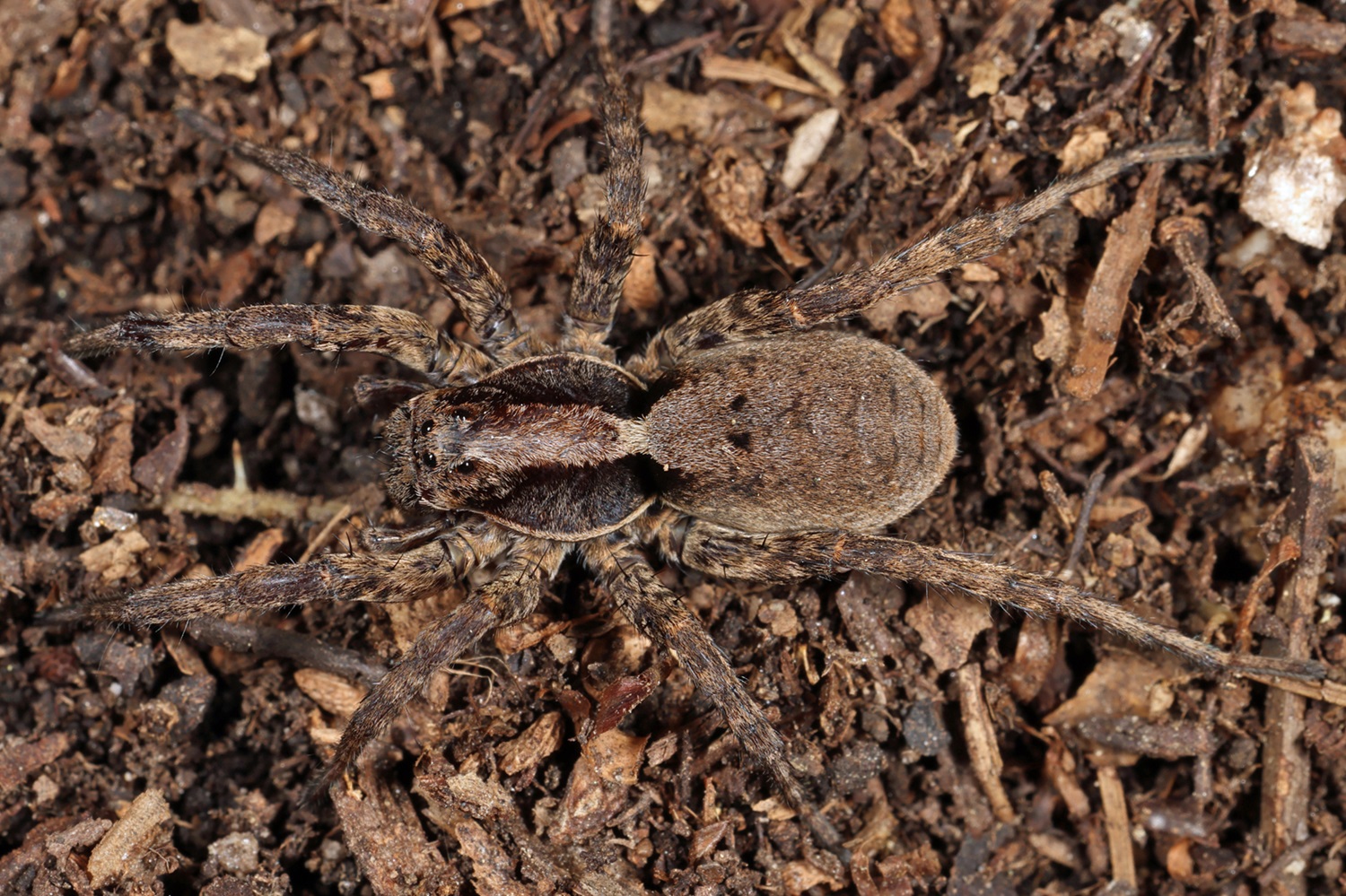
Crab Spiders (Family: Thomisidae; at least 66 species)
Crab spiders are ambush predators that wait on flowers to capture visiting insects. Some, such as the goldenrod crab spider (Misumena vatia), can change colour between white and yellow to blend in with their background. This process takes several days.
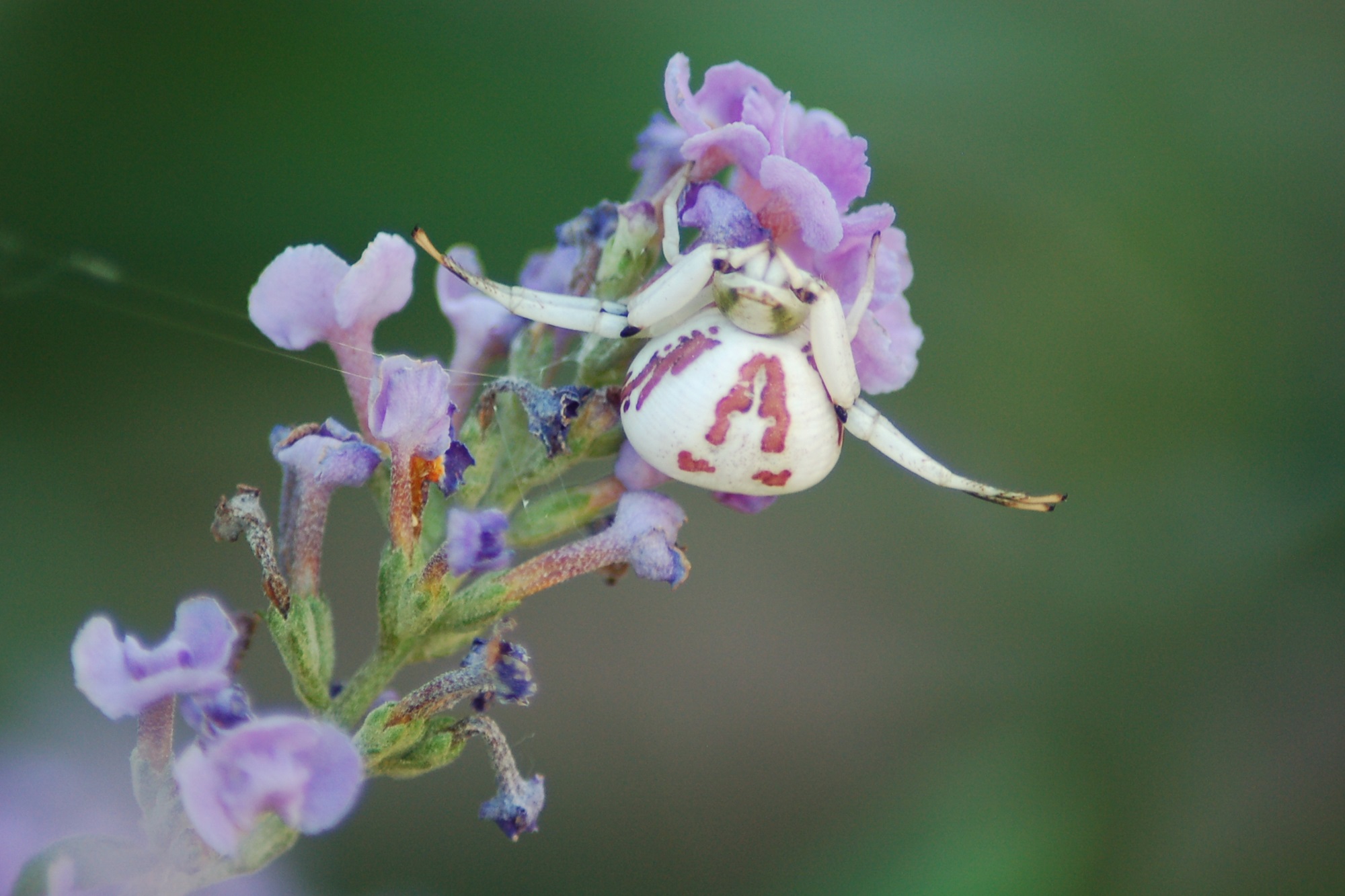
Sheet-web Weavers and Dwarf Spiders (Family: Linyphiidae; at least 569 species)
Sheet-web weavers and dwarf spiders are the most species-rich spider family in Canada, with roughly 569 known species. These tiny spiders construct horizontal webs close to the ground and are especially common in boreal and Arctic ecosystems.
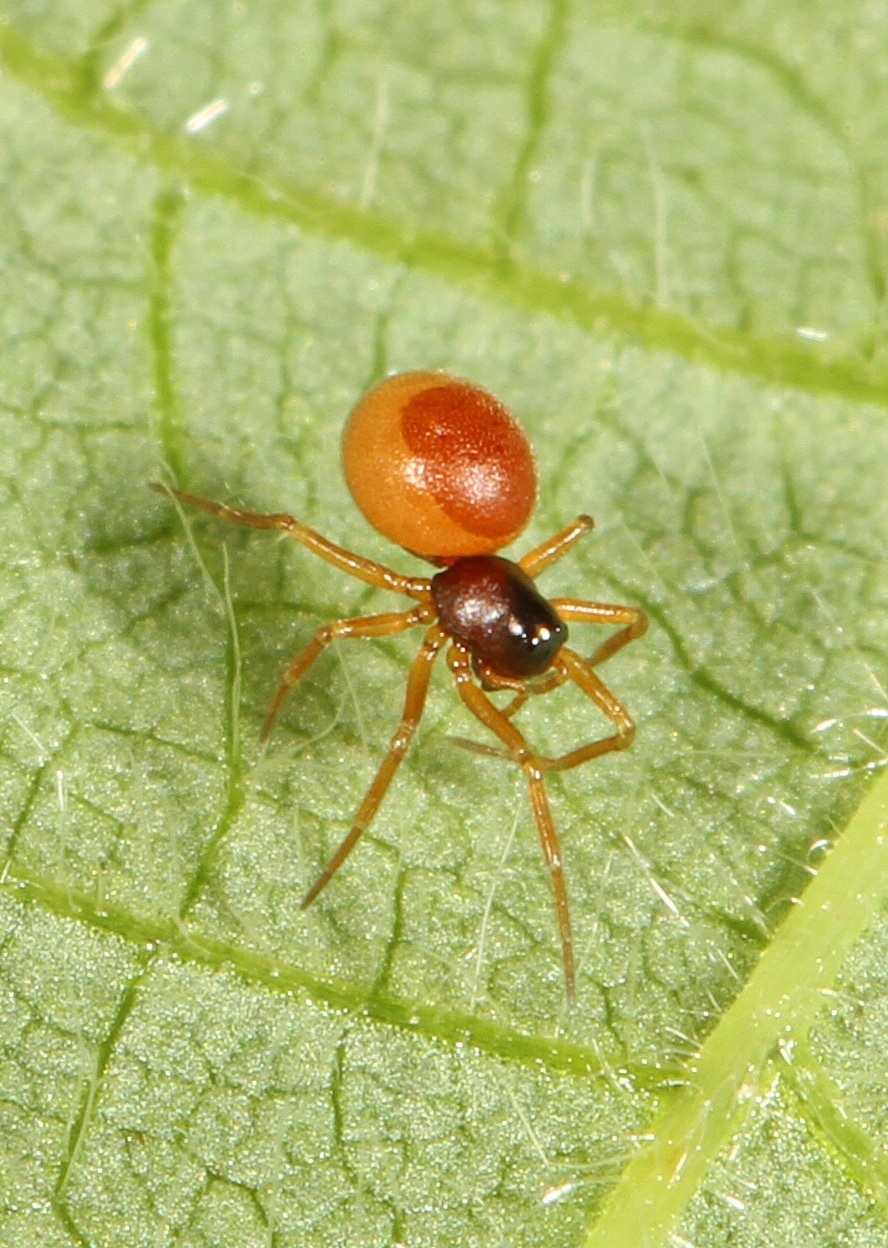
Venomous Spiders in Canada
While virtually all spiders have venom, most do not pose a danger to people. The only medically significant species in Canada are black widows (Latrodectus spp.), and even these are rarely fatal. The Western black widow (Latrodectus hesperus) is found in British Columbia, Alberta and Saskatchewan, and the Northern black widow (L. variolus) occurs in isolated regions in southern Ontario and Quebec. Bites are rare and usually occur when a spider is accidentally disturbed. A bite can cause symptoms such as muscle pain, nausea and sweating, and medical attention is recommended if bitten.
Brown recluse spiders (Loxosceles reclusa) do not occur in Canada, and no confirmed sightings have ever been recorded. Verified examples of other recluse spiders are extremely rare and are always cases of hitchhikers from their home ranges. None have established populations in Canada. As a result, reports of brown recluse bites in Canada are generally considered urban legends. However, some medical professionals are unfamiliar with spiders and may occasionally misdiagnose infections or other skin conditions as brown recluse bites.
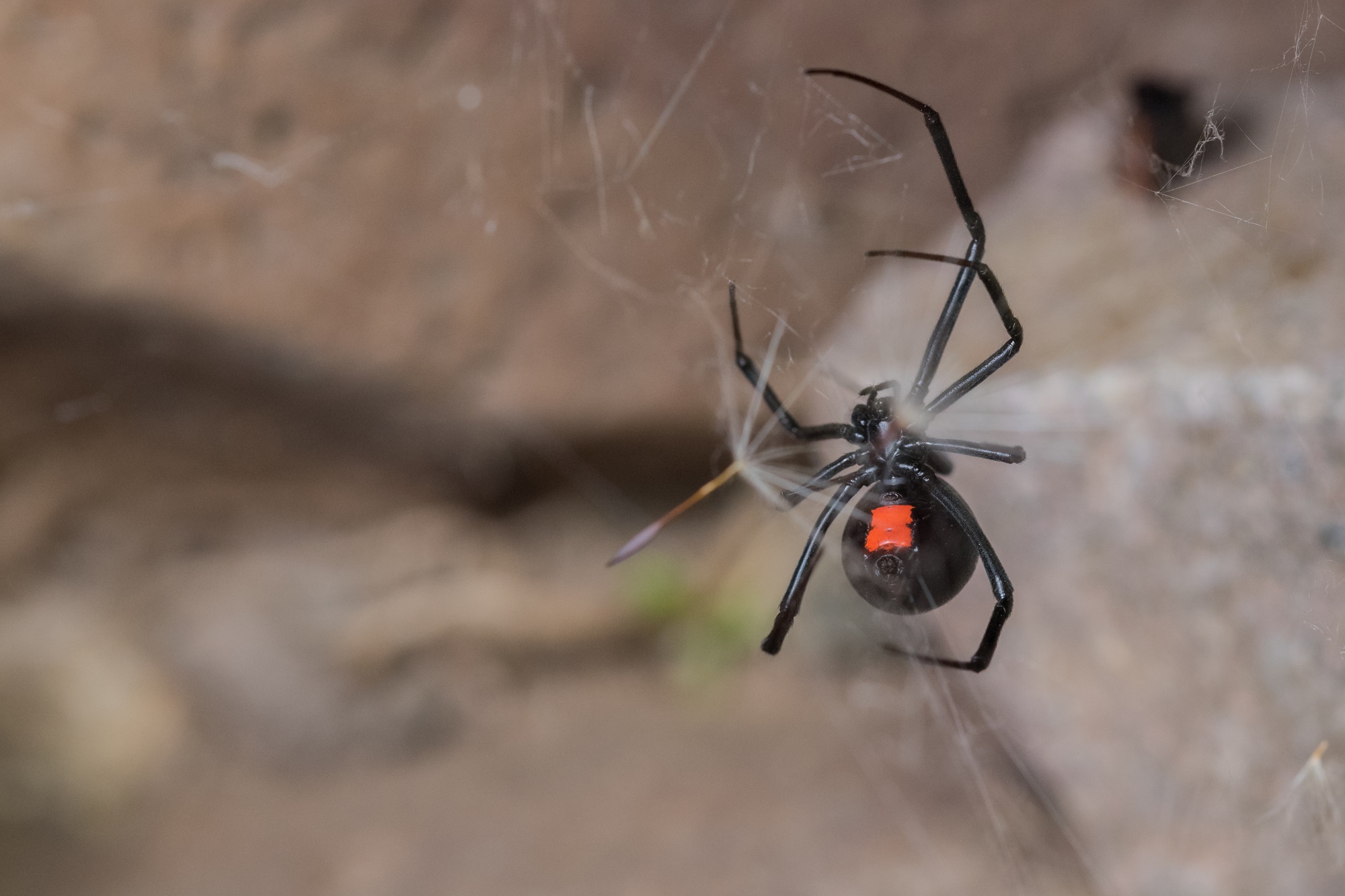
Cultural Significance
Spiders hold important symbolic roles in the traditions and stories of numerous Indigenous peoples in Canada. For example, Swampy Cree (Omushkego) oral tradition describes a giant spider, Ehep, who lowered the first humans to Earth on a silken thread. In many Ojibwe and Algonquin traditions, dream catchers, or “net charms,” are used as protective amulets to hang from cradleboards and guard infants from harm. These charms are modelled after spiderwebs, with spiders and spiderwebs playing an important role in Indigenous life and storytelling.
Outside the National Gallery of Canada in Ottawa stands Maman, a giant spider sculpture by Louise Bourgeois made of bronze, stainless steel and marble. The artist created it as a tribute to her mother, portraying her as a clever, protective and nurturing figure, and saw the spider as a symbol of motherhood, strength and care.
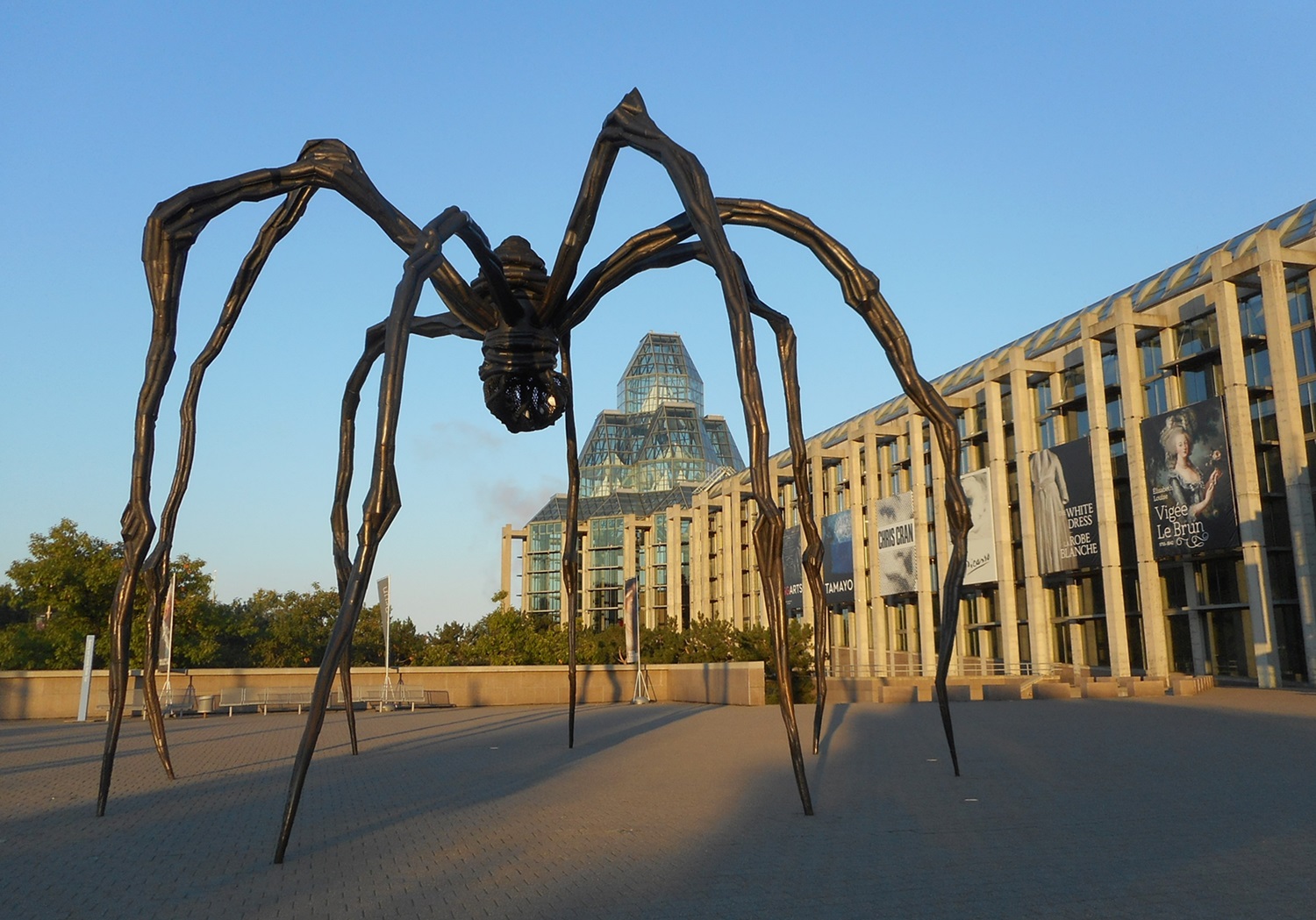
Ecological Importance
Spiders are essential components of Canada’s ecosystems. As predators, they help regulate populations of pest insects, including mosquitoes, flies and aphids. In turn, spiders serve as prey for birds, amphibians, reptiles and mammals. Their presence supports complex food webs and contributes to the health of both natural and human-altered environments.
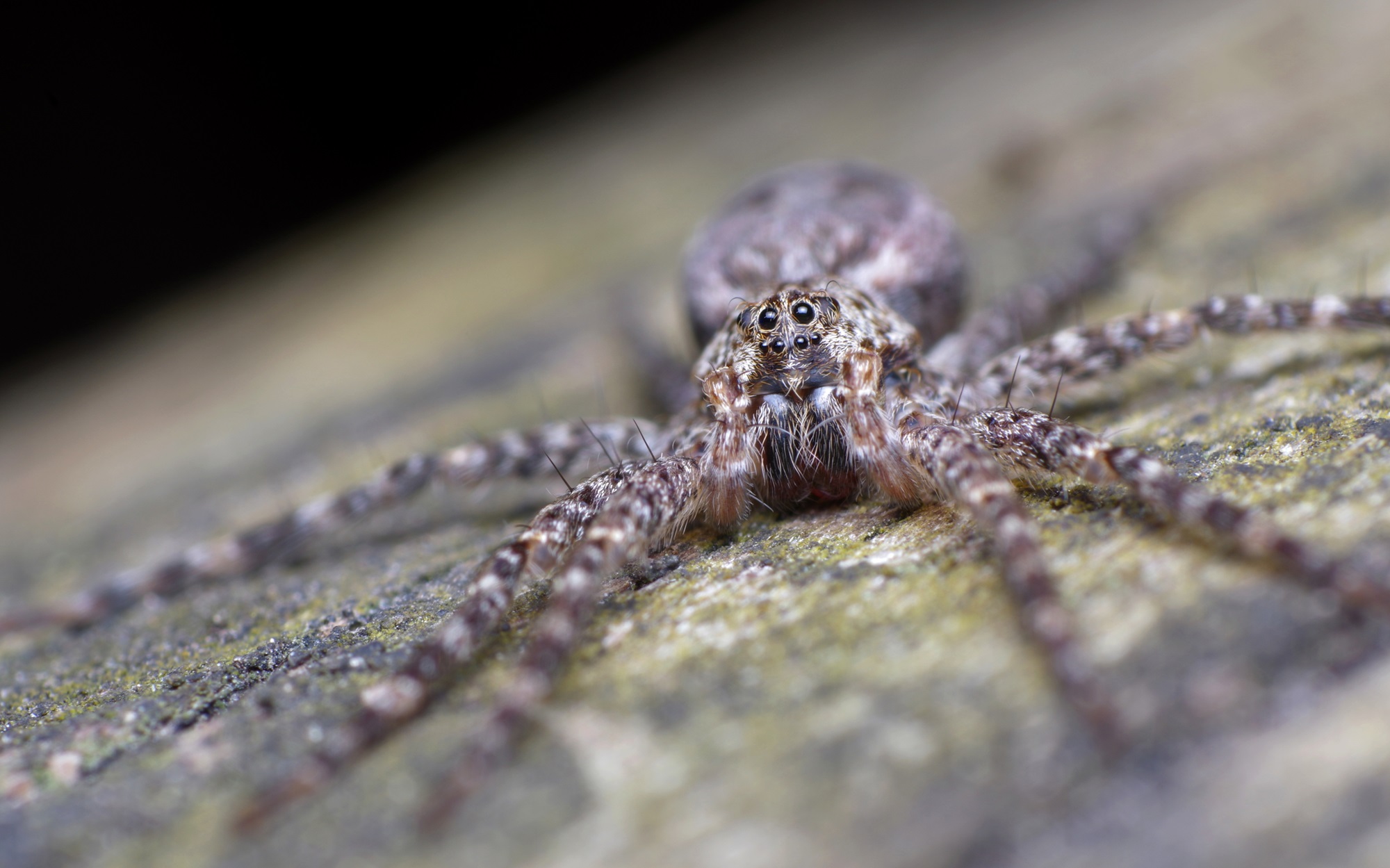
Conservation and Research
As of 2020, Canada has documented 1,439 spider species. Of these, 39 are considered vulnerable, 30 are imperilled and 17 are critically imperilled. Notably, five of these at-risk species have over 75 per cent of their range in Canada.
Habitat loss, especially through wetland drainage, deforestation and urban development, threatens spider diversity. Spiders generally prefer structurally complex environments; loss of leaf litter, vegetation layers or moisture can reduce spider populations. Long-term monitoring is needed to assess these impacts and guide conservation planning, especially in habitats most vulnerable to the effects of climate change.

 Share on Facebook
Share on Facebook Share on X
Share on X Share by Email
Share by Email Share on Google Classroom
Share on Google Classroom



